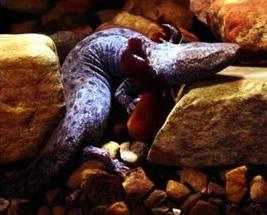Please see Part I of this article for notes on constructing a practical outdoor nesting area for Green Iguanas (Iguana iguana).
Nests with Underground Access
Some breeders (and commercial farms) prefer to provide an underground entranceway into the garbage can nest site (Please see Part I), which is more in keeping with the Green Iguana’s habit of constructing a nesting chamber at the end of a long tunnel. Read More »
 That Reptile Blog – Reptile, Amphibian and Exotic Pet Care and Information
That Reptile Blog – Reptile, Amphibian and Exotic Pet Care and Information



